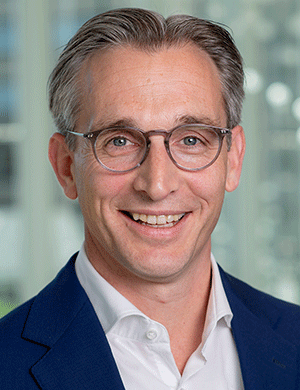Philips on completed testing: ‘Assessments are positive and reassuring’ Results show unlikely harm from devices, regardless of whether ozone cleaning was used

By HME News Staff
Updated 9:12 AM CDT, Tue May 16, 2023
 AMSTERDAM – Royal Philips has released a completed set of test results for the first-generation DreamStation, System One and DreamStation Go sleep therapy devices that indicate potential patient exposure to foam particulate matter (PM) and volatile organic compounds (VOCs) from the PE-PUR foam in these devices is unlikely to result in appreciable harm to health in patients.
AMSTERDAM – Royal Philips has released a completed set of test results for the first-generation DreamStation, System One and DreamStation Go sleep therapy devices that indicate potential patient exposure to foam particulate matter (PM) and volatile organic compounds (VOCs) from the PE-PUR foam in these devices is unlikely to result in appreciable harm to health in patients.
The results, which have been shared with the U.S. Food and Drug Administration and other authorities, are the same for both devices that were not exposed to ozone cleaning and those that were exposed to ozone cleaning.
“Our first priority is the health and well-being of patients,” said Roy Jakobs, CEO of Royal Philips. “We have therefore focused on the comprehensive test and research program to gain more clarity about the safety of the affected devices, and on providing replacement devices to patients. The third-party risk assessments for the sleep therapy devices presented today are positive and reassuring, and we are making good progress with the remediation of the affected devices. The relevant competent authorities globally, including the FDA, are still reviewing the test results and assessments. We share the same objective to ensure patient safety and quality in the delivery of health care, and we remain committed to working closely with these agencies. The completion of testing and remediation of the affected devices remain our highest priorities.”
Philips conducted the testing together with five independent, certified testing laboratories, and the company has had the results reviewed and assessed by third-party qualified experts and external medical panel.
For devices not exposed to ozone cleaning, results showed:
-
Exposure to VOC emissions is unlikely to result in appreciable harm to health in patients.
-
Exposure to PM emissions from degraded foam in these devices, including potential respirable and non-respirable particulates, is unlikely to result in appreciable harm to health in patients.
-
Prevalence of visible foam degradation in inspected used first-generation DreamStation devices was found to be low.
For DreamStation devices that have been exposed to ozone cleaning, results showed:
-
Exposure to VOC emissions from the assessed devices treated with ozone cleaning is unlikely to result in appreciable harm to health in patients.
-
Exposure to PM emissions from the assessed devices treated with ozone cleaning is unlikely to result in appreciable harm to health in patients.
-
Ozone cleaning exacerbates foam degradation, but ozone-induced degradation is unlikely to result in appreciable harm to health in patients.
Philips is in the process of completing various remaining tests and analyses. The risk assessments for System One and DreamStation Go devices (that contain the same foam as the first-generation DreamStation devices) treated with ozone cleaning are being completed. For the Trilogy 100/200 and OmniLab Advanced Plus ventilator devices, VOC and PM testing continues, as well as chemical evaluation and toxicological risk assessment. These devices contain a different type of PE-PUR foam than the first-generation DreamStation devices. Philips Respironics expects to provide an update on this in Q3 2023.
The assessments build on previous testing updates in December 2021, June 2022, and December 2022.
More information on the results can be found in this 45-page report.
Comments